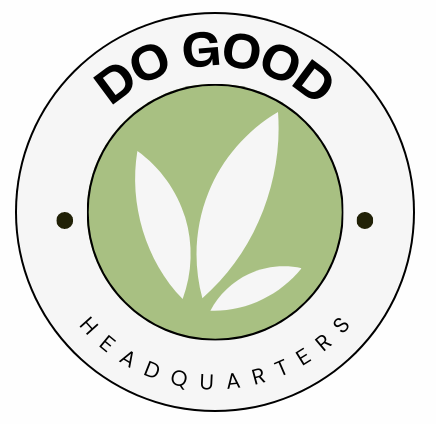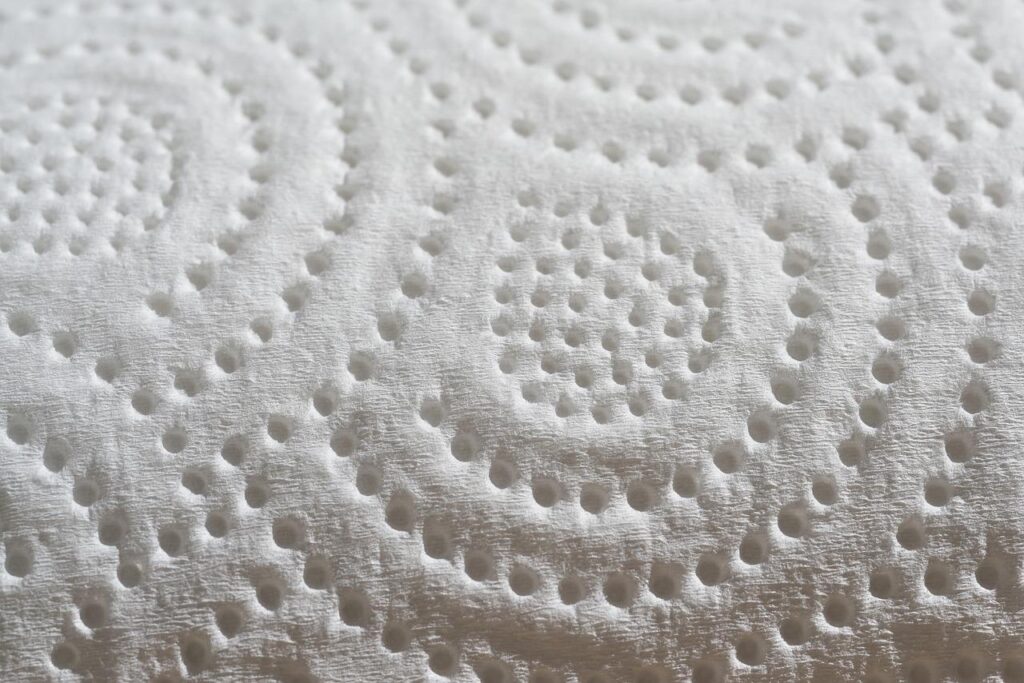Is EVA Foam Toxic?

EVA foam is everywhere—from flip-flops and floor tiles to sports gear and even baby mats. It’s soft, lightweight, and affordable, making it an attractive go-to material for all manner of everyday products. But with the growing awareness of toxins in our daily lives, you’re not wrong to ask the question, “Is EVA foam toxic?”
Let’s take a closer look at what EVA foam is, how it’s used, and what to consider if you want to limit chemical exposure in your home.
What is EVA Foam?
EVA stands for ethylene-vinyl acetate, a type of soft plastic material that feels rubbery and cushioned to the touch. It’s made by combining two materials—ethylene and vinyl acetate—through a high-heat chemical process. The resulting foam is lightweight, flexible, water-resistant, and shock-absorbing.
Because of these qualities, EVA foam is widely used in everything from foam rollers and yoga mats to packaging and insulation. It’s also commonly found in baby items, like play mats and toddler shoes.
Why is EVA so common?
EVA foam is a popular choice for manufacturers because it’s durable, cost-effective, and highly moldable. It’s also comfortable to walk or sit on, making it the perfect material for products like shoes, yoga mats, and a variety of soft baby products.
Its versatility has made it common in both industrial and consumer goods. For example, you’ll find EVA in the midsoles of running shoes, the padding inside helmets, and even the cushioned puzzle mats in playrooms and gyms.
Is EVA Foam Toxic? What the Research Says
This is where things get a little complicated. On its own, EVA is a relatively safe form of plastic, but during manufacturing, certain toxic additives may be used, especially formamide. This helps soften the foam, but it has also been linked to developmental risks.
The CDC also warns that it can affect the central nervous system and lead to reproductive harm. EVA products can also be prone to “off-gassing” when they’re new, releasing toxic VOCs into the air.
In 2010, Belgium banned EVA foam puzzle mats due to concerns over formamide emissions, prompting further investigation across the EU. While not banned in the U.S., some consumers opt for products labelled “formamide-free” to err on the safe side.
EVA Foam in Baby Products: A Special Case for Concern
While EVA is common in various everyday products, baby items often raise the most concern, and for good reason. Babies are more vulnerable to chemical exposure due to their developing bodies and behaviors, such as chewing, crawling, and hand-to-mouth activity.
You’ll often find EVA foam in:
- Play mats and puzzle tiles, commonly used on nursery floors.
- Soft-soled toddler shoes, especially in flexible foam insoles.
- Bath toys, cushions, and padding in various products.
Because babies spend so much time in contact with these items, some parents choose to avoid EVA foam altogether. Opting for baby-safe alternatives, such as organic crib mattresses and EVA-free play mats, can help limit your child’s exposure to toxic chemicals.
EVA Foam in Shoes: What You Need to Know
One of the most common everyday uses of EVA foam is in footwear. You’ll find it in everything from running shoes and sandals to toddler sneakers and even your favorite Crocs. It’s popular for a good reason—it’s incredibly lightweight, absorbs shock, and provides cushioning without adding too much bulk. But what does that mean for safety?
For adults, EVA is generally considered safe, so long as it’s not in direct contact with skin for extended periods of time. And since most people don’t chew on their shoes (hopefully), the concerns for adults are fairly minimal. That being said, there is some worry when it comes to the environment. EVA is not a sustainable material. It’s not biodegradable, and it’s difficult to recycle.
If possible, avoid EVA in your insoles by choosing a comfy Crocs alternative or replacing your running shoes with ones that use non-EVA foam. While EVA shoes are convenient and common, choosing safer options—especially for babies and kids—can help reduce unnecessary chemical exposure.
Safer Alternatives to EVA Foam
If you’re concerned about the toxic potential of EVA foam, there are some safer alternatives out there. Some non-toxic options include:
- Natural rubber is great for play mats and shoes.
- Organic cotton makes for a healthier padding material.
- Cork or hemp-based foam can replace toxic plastic options.
- Wool rugs or padded fabric are excellent choices for baby mats and play areas.
These materials may carry a higher price tag, but many parents and health-conscious consumers find the tradeoff worth it for the added peace of mind.
How to Minimize Risk if You Already Own EVA Products
If you already own products made with EVA foam, you don’t necessarily need to throw them out. There are still ways to minimize your exposure to harmful chemicals.
First, be sure to air them out before use. Let new products off-gas outside or put them in a well-ventilated area for several days. Avoid using them until the strong chemical smell dissipates.
It’s especially important to supervise babies around EVA foam products. Anyone who has spent time around young kids knows that they are keen to explore the world by putting things in their mouths. Avoid letting them chew or teethe on EVA foam products.
Final Thoughts
EVA foam is not automatically unsafe, but not all EVA products are created equal. Depending on how it’s made, EVA foam can release toxic chemicals, such as formamide or VOCs, especially when it’s brand new. While most people won’t experience acute effects from these chemicals, those who are especially vulnerable, such as babies and young kids, may benefit from choosing non-toxic alternatives or taking extra precautions.
So, whether you’re shopping for a new yoga mat or buying your baby’s first pair of shoes, be sure to research the materials used to make them. Looking for safer alternatives can help you make healthier choices for your family, yourself, and your home.
Photo by charlesdeluvio on Unsplash


